
In our fast-paced world, where time seems to slip through our fingers and our surroundings are constantly evolving, the importance of caring and maintaining for our furniture’s integrity remains as crucial as ever. Whether it’s the luxurious embrace of a plush sofa or the sleek allure of a stylish side table, it’s our responsibility to care for these pieces with a vigilant eye. Even with our best efforts, external elements like the ever-present humidity can still make their mark. In this blog, we’ll explore a range of maintenance techniques tailored to different materials. But before we dive into the specifics, let’s revisit some fundamental principles:

Guarding Against Deterioration
Think back to the excitement you felt when you first introduced your new furniture into your home. You treated it with the utmost care, cleaning and dusting regularly. As time goes by, it’s easy to become complacent. Let’s rekindle that initial enthusiasm and continue to protect our furniture just as we did when it was new. Following these basic rules can significantly extend the life of your furniture.
Pro Tip: Beware of direct sunlight, especially if your furniture is painted. Prolonged exposure can affect the finish and lead to discoloration. If you can’t avoid sunlight, consider using a stylish throw as a protective shield. Additionally, using coasters on wooden tabletops can help preserve the polish and prevent wear.
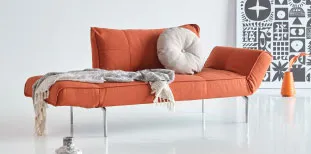
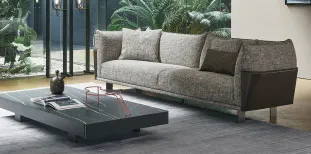
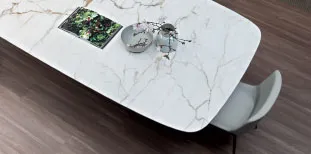
Maintaining Quality
In today’s world, where our furniture sees more use than ever, especially post-pandemic, and is constantly exposed to dust and humidity, regular maintenance is essential. That means cleaning your sofas, cabinets, drawers, and other items on a regular basis, depending on how frequently you use them. For items like the headboard of your bed or your worktable, daily cleaning may be in order to keep dust at bay. Larger pieces can be cleaned more thoroughly once a week. And let’s not forget the importance of maintaining a clean and inviting living environment.
Pro Tip: Dedicate some time on the weekends to maintain your furniture. These hours will add up, ensuring your furniture looks and performs at its best for years to come.
In addition to these fundamental principles, it’s crucial to recognize that different materials require different care approaches. Cleaning wooden furniture isn’t the same as cleaning upholstered pieces, and glass furniture has its own set of requirements.
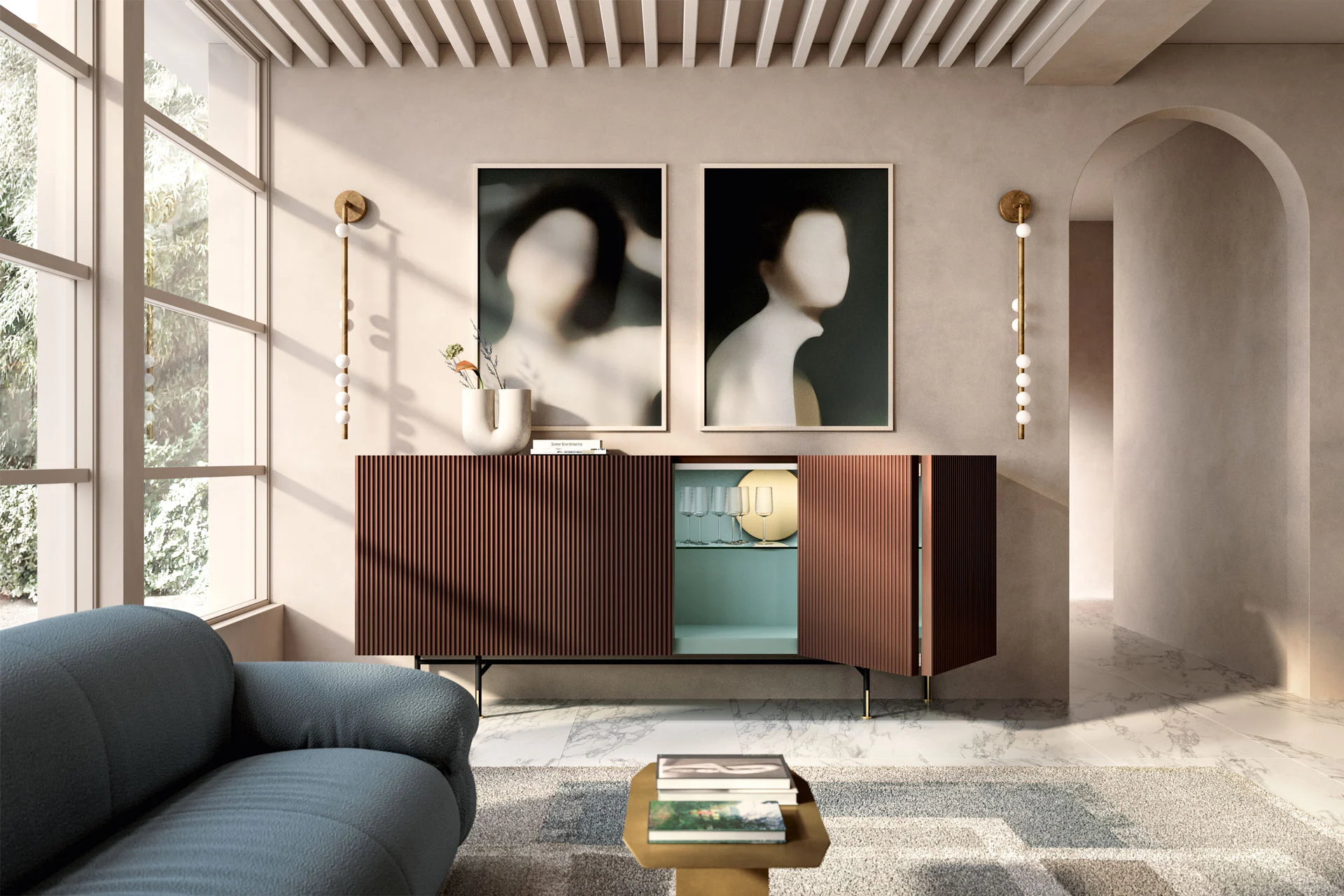
Caring for Wooden Furniture
Cleaning with Soap and Water
To clean wooden furniture, such as cabinets, drawers, or dining tables, you can use mild soap and a clean, damp cloth. Here are three key steps for this cleaning method:
- Use a mild soap and a damp cloth for the initial cleaning.
- Use a slightly damp cloth to wipe away the soap.
- Finish by using a dry cloth to remove any excess moisture from the surface.
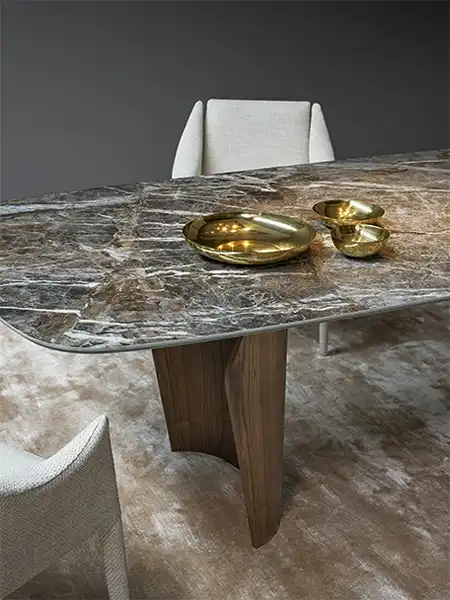
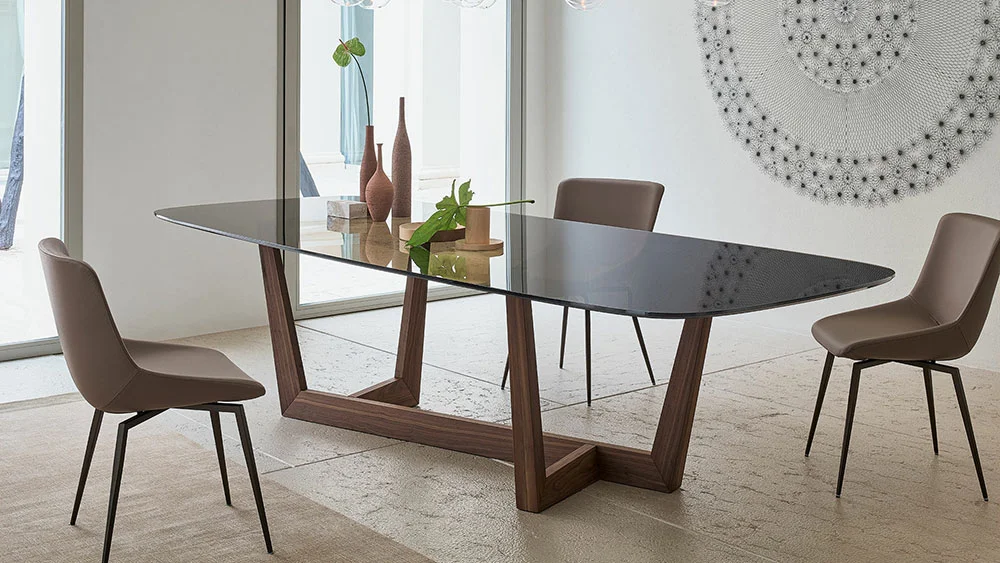
Maintaining the Shine
Cleaning wooden furniture with soap can strip away the polish. To avoid this, keep a furniture polish with low alcohol content on hand. It not only restores the shine but also offers an extra layer of protection.
Dusting
Regular dusting is essential to keep your wooden furniture in great condition. Set aside some time each day for a quick dusting session, and perform more thorough cleaning on the weekends. This helps prevent dust buildup, which is more noticeable on dark wood surfaces.
Using Coasters
Employ coasters, especially for wooden tabletops, to prevent unsightly glass rings.
Avoiding Sunlight
Direct sunlight can harm the finish of wooden furniture. Try to keep your pieces out of direct sunlight, or use a throw to shield them during the sun’s peak hours.
Additional Tips:
- If you have pets, take precautions to protect your furniture.
- Keep wood furniture away from high-humidity areas like bathrooms.
- Maintain a consistent indoor temperature to prevent drastic fluctuations in humidity.
- Avoid overly dry conditions, as they can cause wood to shrink or split.
- Be cautious with liquids; a little mild soap and water is fine, but excess moisture can damage your furniture.

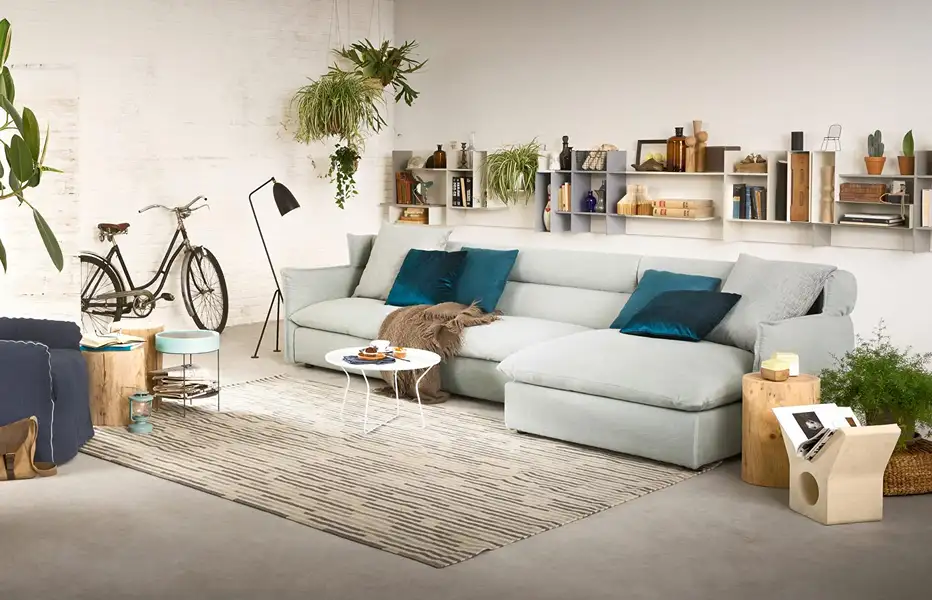
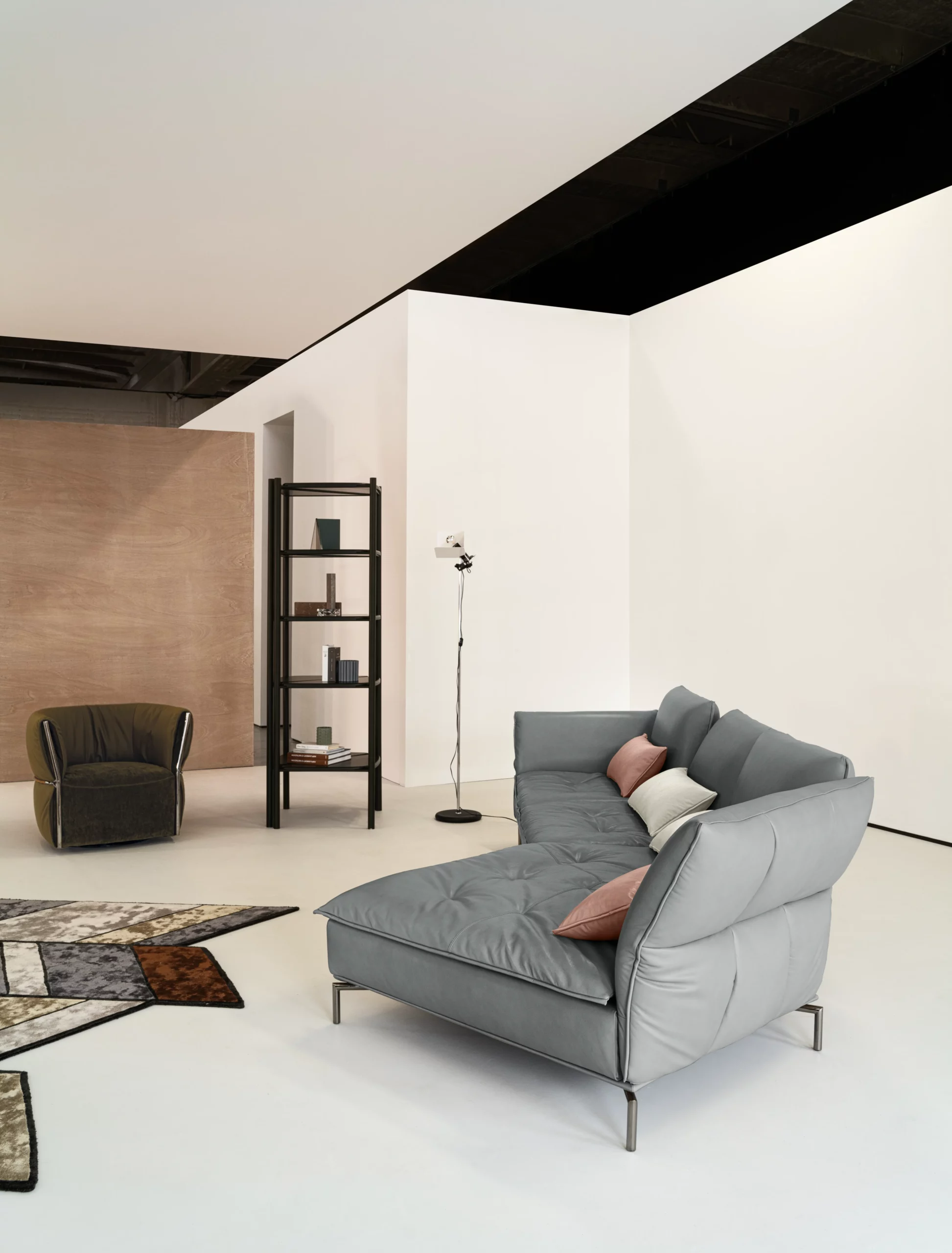
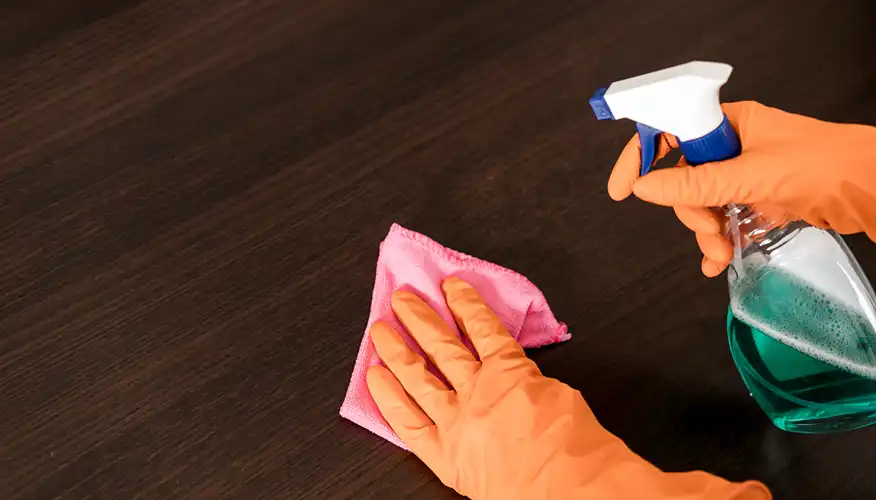
Caring for Upholstered Furniture
Choosing the Right Fabric
Start by selecting the appropriate fabric, tailored to your lifestyle. Robust synthetic fibers are well-suited for heavily used upholstery, while fabrics with loose threads or intricate weaves should be avoided if you have pets.
Protecting the Fabric
Fabrics are prone to staining, so it’s crucial to act quickly if spills occur. Clean them up promptly and follow the manufacturer’s cleaning instructions.
Turning Cushions
Regularly turning cushions is a practice observed in many households for good reason. It helps distribute wear and tear evenly, extending the life of your upholstery.

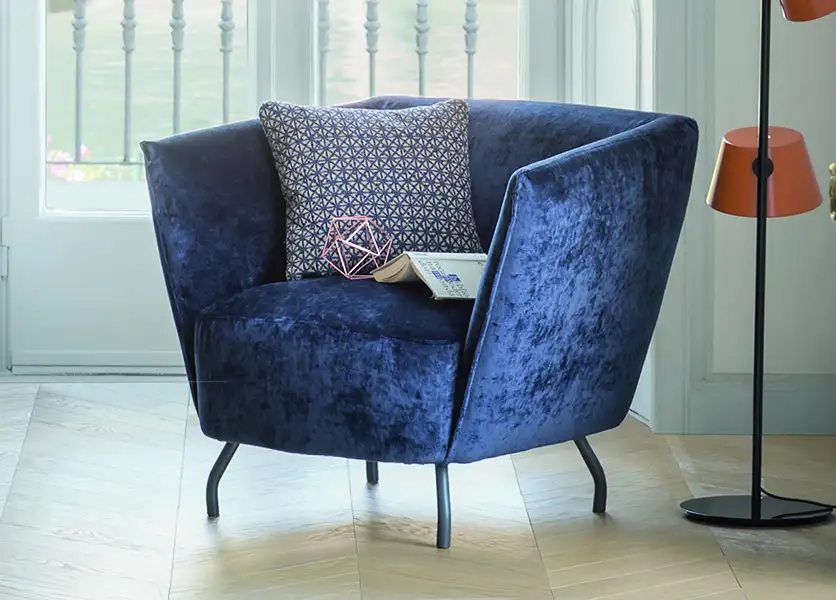

Using a Vacuum Cleaner
A vacuum cleaner is your ally when it comes to keeping upholstered furniture clean. It effectively removes dust, crumbs, and other particles. Use it once a week for a general cleaning.
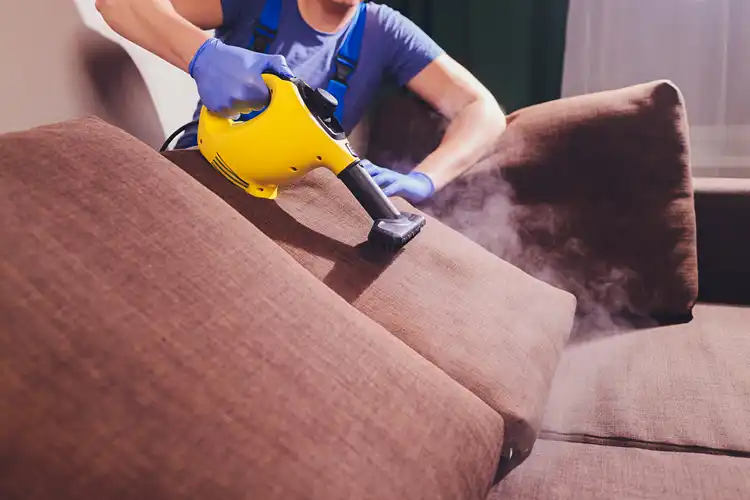
Caring for Glass Furniture
Wiping Glass Dry
After using or cleaning a glass surface, be sure to thoroughly dry it. Leaving it wet can leave stubborn marks that are hard to remove. Take a moment to dry the surface after each use or cleaning.
Avoiding Hard Water
When cleaning glass furniture, it’s important to use purified or distilled water, as hard water can leave mineral residue marks. You can also use water mixed with soap for effective glass cleaning.
Choosing the Right Cloth
Opt for microfiber or chamois cloth when cleaning glass furniture, as they are designed to leave no lint or residue.
Using the Right Glass Cleaner
Stick to dedicated glass cleaners, as other cleaning products can damage the glass’s quality.
Newspaper Buffing
An old but effective technique involves using newspaper to buff glass. It can leave your glass squeaky clean and remove tough stains and oil marks.
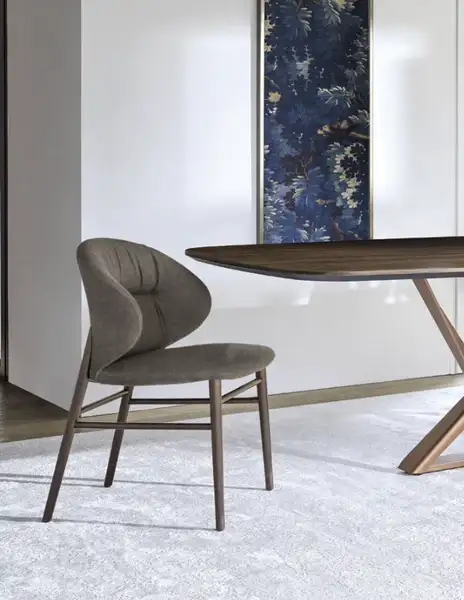
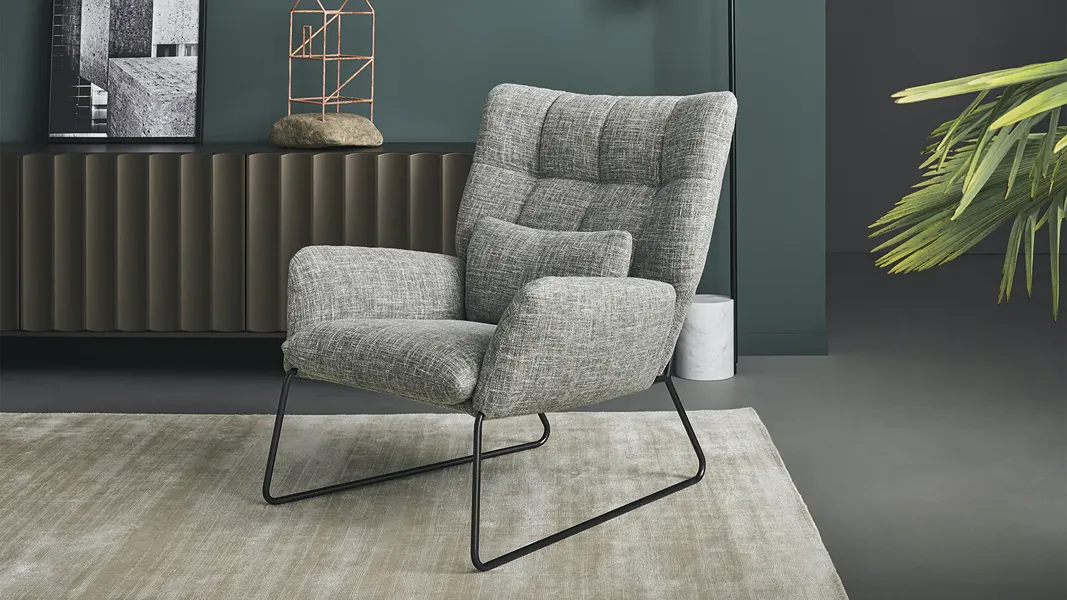
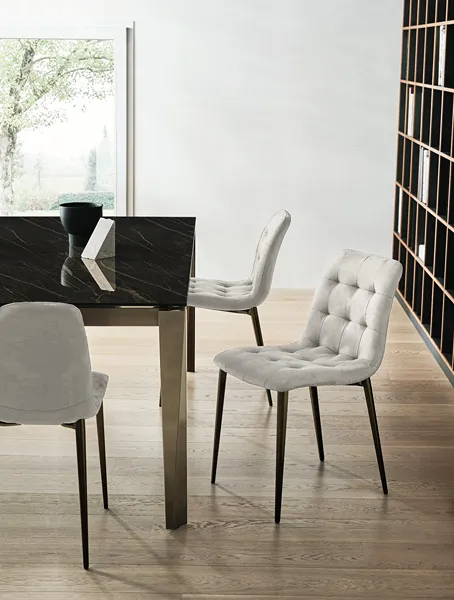
Long-Term Care
While the techniques mentioned above should be part of your regular routine, there may be times when professional help is needed to maintain your furniture. For custom-made pieces, consider periodic polishing and waxing. Upholstered furniture can be challenging to clean, especially after spills. If you’re unsure about tackling stains and blotches, hiring a professional cleaner once a month or every two months is a wise investment.
If you’ve purchased furniture off the shelf, be sure to carefully read and follow the care instructions to ensure you’re using suitable products.
In summary, maintaining your furniture is a straightforward and manageable task, ensuring it remains as beautiful and functional as the day you acquired it. The key is to establish a regular maintenance routine.



